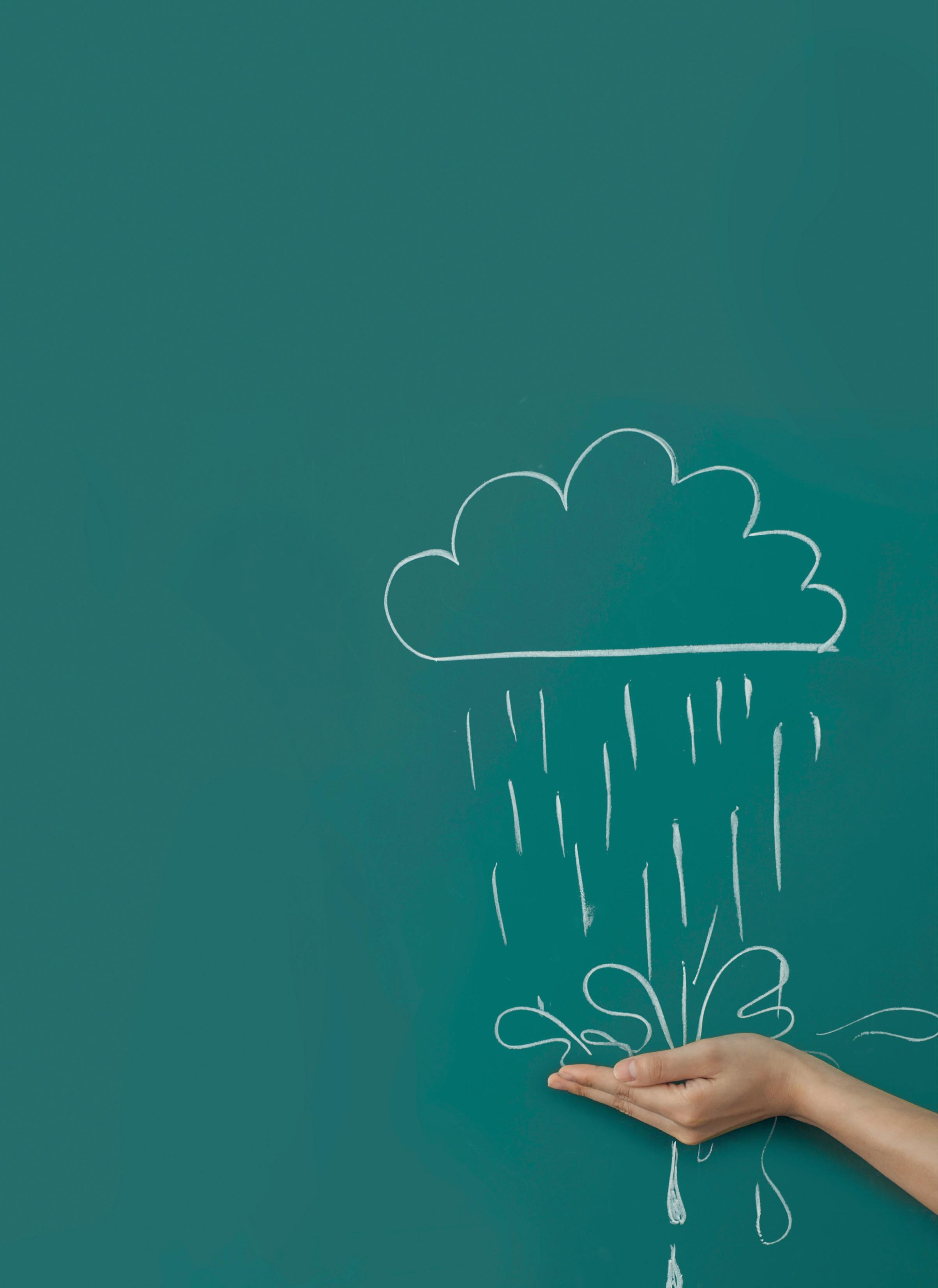DISTURBED

India has not experienced a normal winter in three years. The second wettest season in the country after the monsoons has remained unusually dry and hot. In this winter, for instance, the country experienced its hottest ever December, as per the India Meteorological Department (imd). The northwest region, which receives almost 30 per cent of its annual rainfall in the season, saw 83 per cent rainfall deficit. Then, after a near-normal January, February broke all records to become the hottest since 1901. The northwest region saw 76 per cent deficit rainfall.
The reason for the abnormal winter seasons since 2020-21 lies in the changing character of the Western Disturbances, a series of cyclonic storms that originate in the Mediterranean region, and travel over 9,000 km to bring winter rains to northwest India. The low-pressure storm systems help farmers in India grow their rabi crop, bring snow to the Himalayas and maintain the flow of the northern rivers. They reach the country riding on a wind system called the subtropical westerly jet stream that circles the Earth throughout the year.
During its journey, a Western Disturbance collects moisture from the Mediterranean Sea, Black Sea and Caspian Sea and traverses over Iran and Afghanistan before hitting the western Himalayas. Strong Western Disturbances reach the central and eastern Himalayas and cause rain and snow in Nepal and northeast India.
This story is from the {{IssueName}} edition of {{MagazineName}}.
Start your 7-day Magzter GOLD free trial to access thousands of curated premium stories, and 9,500+ magazines and newspapers.
Already a subscriber ? Sign In
This story is from the {{IssueName}} edition of {{MagazineName}}.
Start your 7-day Magzter GOLD free trial to access thousands of curated premium stories, and 9,500+ magazines and newspapers.
Already a subscriber? Sign In

Recycling Innovation: How UFlex Is Setting Global Benchmarks
India's first company to recycle PET, PE, and PP for food packaging

A NEW BUZZ
Like many countries, India is in the middle of a pollinator crisis. In several states, farmers now rent honeybees to secure a decent harvest. In areas where agriculture is nearly impossible due to shortage of natural pollinators, people are manually carrying out nature's most critical operation. This artificial substitution of pollinators raises new concerns. A report by

Seed saviours
Seed banks managed by communities and non-profits are repositories of hundreds of indigenous climate-resilient crop varieties but need help in storage, technical aid and policy support to thrive

Perilous proposal
Villages near Jim Corbett Tiger Reserve oppose plans to open yet another ecotourism zone in light of rising attacks by the big cats

SOUR GOODNESS
Leaves of madhu soleng, an easy-to-grow weed, are a great souring agent
Broken lifeline
ON MARCH 13, 2020, Government of India's Press Information Bureau (PIB) released the latest life expectancy data of the country.

RESILIENT RURAL FUTURES
Ambuja Foundation Tackles Climate Vulnerability Head On ...
Sustainable cycles
Women in Himachal Pradesh switch from plastic sanitary pads to reusable menstrual hygiene products for better waste management

Uniting the Ecosystem: Empowering Smallholder Farmers and Solving India's Water Crisis
Smallholder farmers are key to solving India's water crisis, accounting for 86% of farming households. Agricultural consumption accounts for 75-90% of India's freshwater use.

WHO IS REALLY DEVELOPED
A new development metric ranks countries based on their living standards that can be scaled globally without breaking planetary limits
